Estimated reading time: 5 minutes
You’ve probably never thought about the value of your fruit trees in dollar terms. (Apart from when you have to fork out for them at the nursery.)
It might surprise you to discover that they’re potentially worth a whole lot of money!
In fact, there’s a whole science and theory behind putting a value on all kinds of trees, and that includes the fruit trees in your garden.
Defining the “value” of your fruit trees
Most people think of the value of their fruit trees in terms of the fruit they produce.
From that point of view, most gardeners would agree that home-grown fruit has huge value, mostly because of the satisfaction you get from harvesting fruit from your backyard.
The money you save by not having to buy fruit usually comes a close second.
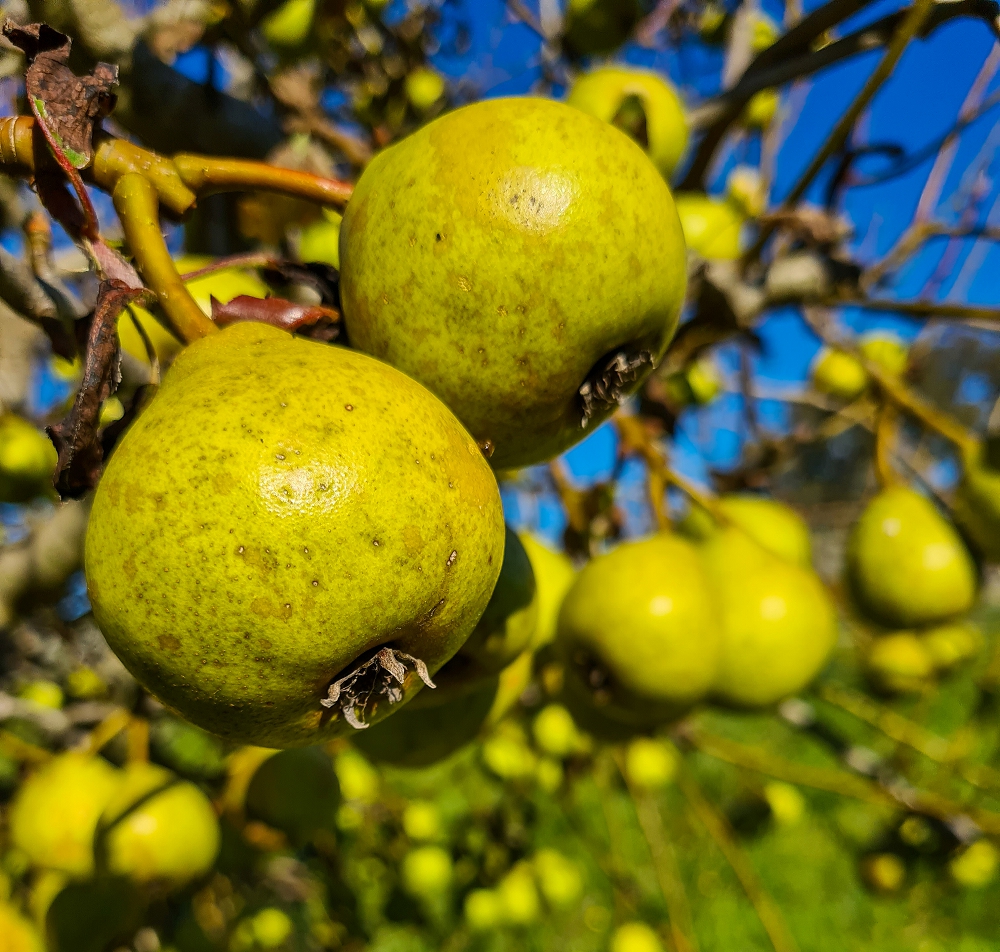
Dig a little deeper, and it’s obvious that your tree also provides value in terms of things like beauty, shade, and giving you a reason to get outside in the garden.
Fruit trees also provide a lot of value to the soil and the environment. This is known as ‘ecosystem services’.
Their roots provide habitat for soil microbes, pump carbon into the soil, and prevent the soil from eroding and degrading. Trees also provide biodiversity, stabilise the climate, and help to cool towns and cities.
Then there’s the value in the skills you can obtain by learning how to grow fruit. Nothing is quite as satisfying as finally learning how to prune your trees, for example.
This can be hard to quantify, but we definitely know there’s a multiplier effect when this knowledge is passed between neighbours or generations.
You get so much value from these things that you probably rarely think about the actual monetary value of the tree itself.
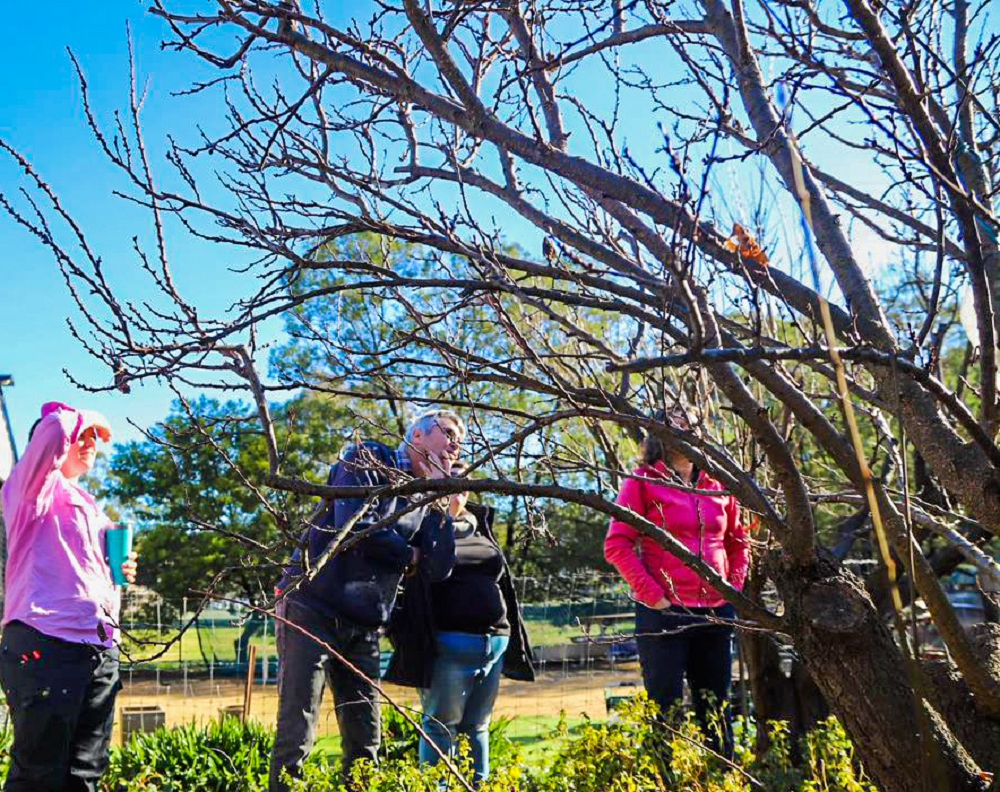
Valuing a fruit tree
There are many different tools and formulae associated with valuing trees. They’re used by town planners, property valuers, councils, and various levels of government.
For example, property developers may be charged a cost for trees that are removed to allow for development.
Professional tree valuation is complicated! Here’s the formula that Melbourne City Council uses in their ‘Urban Forest Tree Valuations’ document:
Value (V) = Basic Value ($) x Species (S) x Aesthetics (A) x Locality (L) x Condition (C)
Trees are assessed for each factor, with values assigned for things like the size of the trunk and the age and location of the tree. Some species are valued higher than others. Factors like life span, growth rate, and health of the tree are also taken into account.
What does it all mean?
Brace yourself, because you may find this difficult to believe. Applying formulae like the one above can result in tree values coming in anywhere between $300 for a slender sapling to $180,000 (or more) for an old, mature tree!
This is startling, but for most fruit tree owners, it will never have any relevance.
Tree valuations have traditionally been mainly done for things like settling legal claims for the damage or death of a tree, insurance payments, or real estate assessments. They may also be used by local government to justify the costs of tree care.
Putting a dollar value on your fruit trees probably goes against the grain. After all, most of us have an emotional connection to our trees and our gardens.
You probably grow fruit for a million reasons that have little to do with increasing the land value of your property.
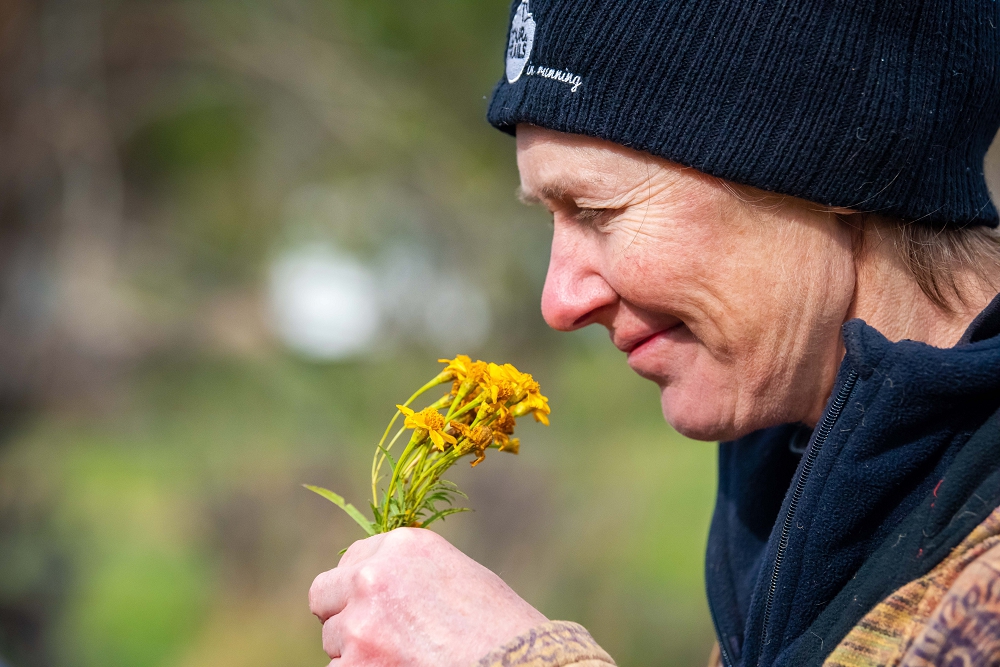
Recognising the true value of your fruit trees
However, there are good reasons for thinking of trees in monetary terms. For too long, protecting the environment has been seen as an optional extra.
But that’s changing.
In a world of climate crisis and emerging international carbon markets, the true value of trees is starting to be recognised. They play an absolutely crucial role in global ecosystem health.
It’s about time they were valued appropriately, and expressing their value in dollar terms highlights their significance.
If you’re interested in self-sufficiency you know that true prosperity comes from a productive orchard, a thriving vegetable garden, and a full larder.
But if you own a fruit tree, you just became a little bit richer than you thought you were.
Related Articles
Animals, fruit trees, and electric fences
Animals and fruit trees go well together if you can figure out how to enjoy the benefits without the animals doing too much damage.
Warming winter cakes with home-grown fruit
Bake delicious warming winter cakes from the fruit you’ve grown on the fruit trees in your own garden for extra satisfaction.
Saving heritage fruit trees by planting them
Many heritage fruit tree varieties are in danger of going extinct. The best way to save them is by planting them in your backyard.

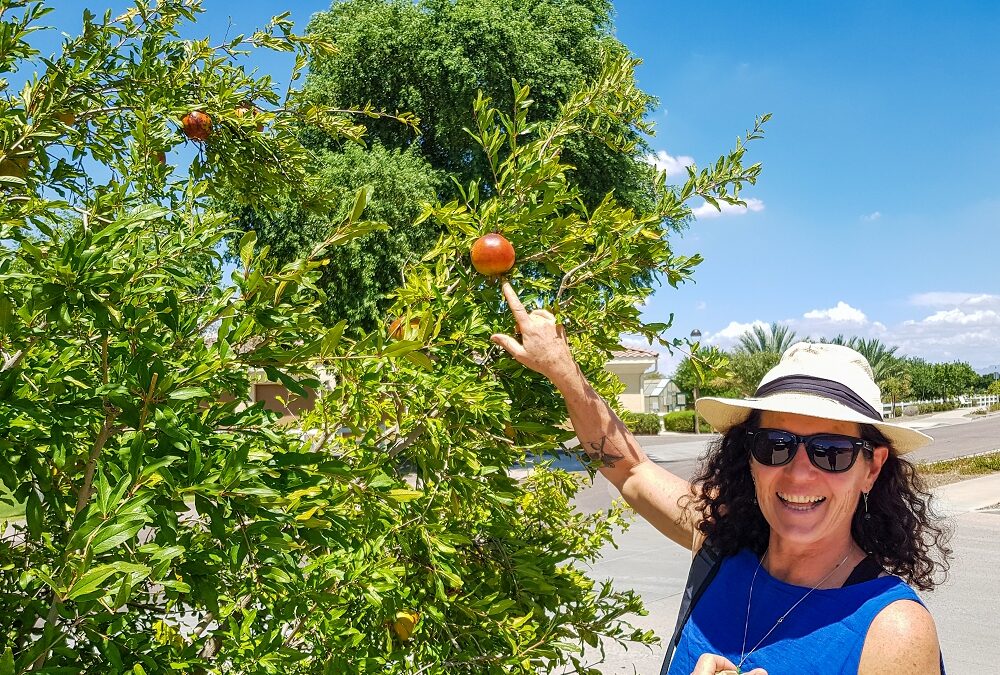

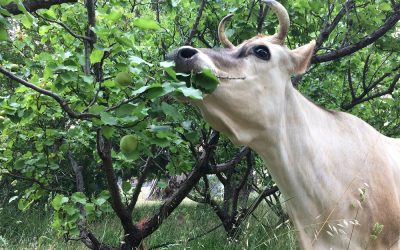




Thanks for this interesting article about the value of fruit trees-I’m just wondering though, how/where does one obtain what the values for (S), (A), (L) or (C) to ascertain what the final value is please?
Hi Jakki, here’s one reference that might shed some light on the values: https://www.melbourne.vic.gov.au/sitecollectiondocuments/tree-valuations.doc
Thanks Katie-I can see now why these sources weren’t linked in the article originally-seems it could all get quite convoluted and overwhelming with all of those numerous factors variables and considerations! Wow